

The Universe has now been fully (coverage) mapped in the infrared, from the short wavelengths (2MASS) to the long wavelengths (COBE, IRAS), and with more targetted observations by such notable telescopes as ISO and Spitzer. The short wavelength data traces the light from stars, while the mid-infrared and far-infrared data trace the hot and cold dust emission, respectively. Here is a cartoon of the infrared spectrum. The following images show the Infrared Universe, observed by 2MASS, as seen from photospheric light from stars and galaxies.
Data:
The images are derived from fundamental products of the Two Micron AllSky Survey,
including the Point Source Catalog (PSC), Extended Source Catalog (XSC),
AllSky Image Atlas, and the Large Galaxy Atlas.
Here is a quick summary of 2MASS.
The data is available from
the
Infrared Science Archive (IRSA).

|
UniverseThe Big Picture, showing the 2MASS composite images of the Milky Way and galaxies in the Local Universe. Read about Large Scale Structure in this image here. |

|
Milky WayThe grandeur of our home galaxy as viewed through 500 million stars. |

|
Infrared UniverseThe foreground dusty Milky Way and the extragalactic universe penetrating through the haze. See also Infrared Universe: Large Scale Structure |

|
Early UniverseThe after-glow from the Big Bang as viewed by WMAP, showing the density fluctuations in the early universe. The current state of the universe is represented by 2MASS galaxies. Quicktime movie. |

|
Infrared Hubble SequenceThe near-infrared peals away the "skin", revealing the backbone of galaxies. |
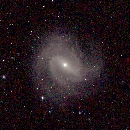
|
Spiral GalaxiesThe precious gems of the Universe. |
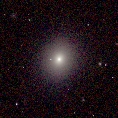
|
Elliptical Galaxies--under construction-- |
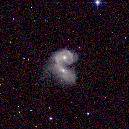
|
Interacting Galaxies--under construction-- |

|
Galaxy Clusters |
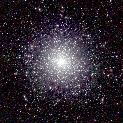
|
Globular ClustersSpheroidal star clusters that orbit the Milky Way and other massive galaxies. Densely packed with ancient stars, globulars remain enigmatic to astronomers. |
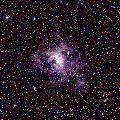
|
Massive Star Formation--under construction-- |

e-mail: Thomas Jarrett